Timely response to key national projects
Mr. Nguyen Ngoc Hung - Deputy Director of the Department of Natural Resources and Environment of Dong Nai province said: Currently, there are 45 mines in Dong Nai province. Of which, there are 4 licenses issued by the Ministry of Natural Resources and Environment and 41 licenses issued by the People's Committee of Dong Nai province. Most localities have planned mineral exploitation mines to serve construction projects. Of which, there are 2 concentrated mine clusters Phuoc Tan - Tam Phuoc, Bien Hoa city and Thien Tan, Vinh Cuu district with the largest scale with 10 mines, total planning area of nearly 394 hectares. By the end of 2022, mine clusters in Dong Nai province have exploited about 41/137 million m3 of rock, equivalent to about 30% of reserves.
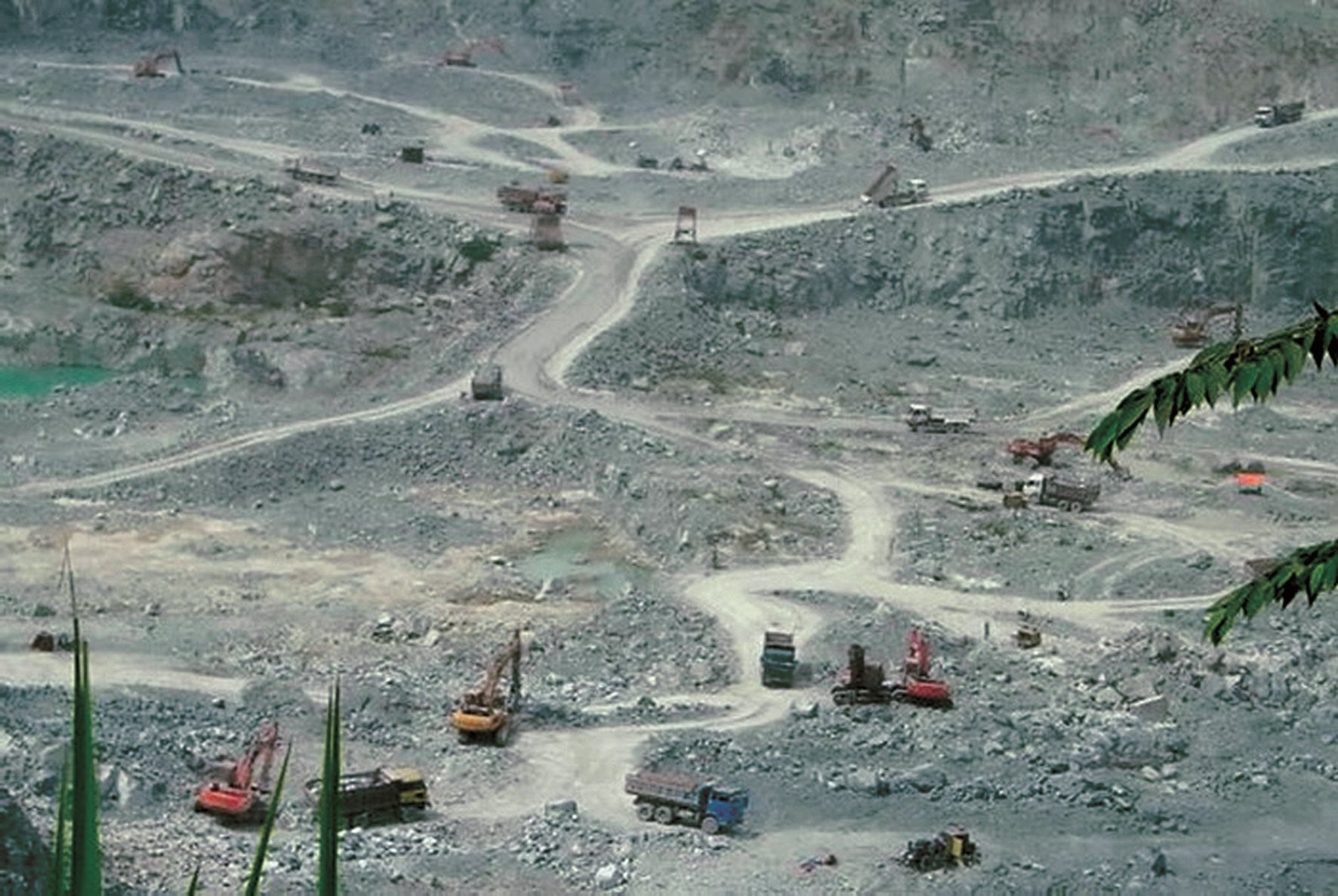
The results of mineral exploitation activities in 12 years (2011 - 2023) show that the output of exploitation and consumption of construction stone, brick and tile clay, construction sand and filling materials is more than 18 million m3, revenue reaches more than 3,000 billion VND, and the payment of resource tax and environmental protection fee is about 450 billion VND. In particular, the mineral resources exploited and processed from Dong Nai have become an important source of construction materials, meeting the urgent needs of serving a series of key national projects, such as: Ho Chi Minh City - Dau Giay - Phan Thiet Expressway, Bien Hoa - Vung Tau Expressway, Long Thanh Airport, Dau Giay - Tan Phu Expressway, Ho Chi Minh City Ring Road 3...
Implementing the direction of the People's Committee of Dong Nai province, currently, relevant departments and branches are coordinating with consulting units to develop a plan to protect, exploit and use mineral resources as common construction materials in Dong Nai province in the period of 2021-2030, with a vision to 2050 to integrate into the Provincial Planning according to the provisions of the Law on Minerals. Dong Nai will continue to assess the mineral potential, especially construction stone, the demand of the locality and the provinces of the Southwest region, Ho Chi Minh City to orient the planning of deep exploitation at stone quarry clusters, contributing to ensuring adequate supply of construction stone for the domestic market.
Exploiting and using mineral resources economically and effectively
Implementing Resolution No. 88/NQ-CP of the Government on the implementation of Resolution No. 10-NQ/TW of the Politburo on strategic orientation of geology, minerals and mining industry to 2030, with a vision to 2045, the People's Committee of Dong Nai province has issued a specific action plan. Accordingly, Dong Nai province strives to complete the database and information system on geology and minerals by 2025; explore, exploit and process a number of minerals to reach regional level, approaching world level; urgently develop plans for exploration, exploitation, processing and use of minerals in accordance with the provisions of the Law on Planning; effectively exploit and use mineral resources to ensure rational and economical use to meet immediate and long-term requirements, in accordance with the province's socio-economic, security and defense planning.
Currently, Dong Nai is focusing on completing the planning for exploration, exploitation, processing, and use of minerals as construction materials and peat according to the Law on Planning. In particular, the planning and licensing of mineral exploitation must be consistent with the development needs of each stage. Mineral exploitation sites must be consistent with the Construction and Land Use Planning. To save resources, Dong Nai will study policies to encourage the use of alternative materials and reused materials such as ash, slag, gypsum, crushed sand, and the treatment of saline sand for use as construction materials.
MANAGER'S OPINION - BUSINESS
Mr. Tran Anh Vu - Deputy Head of Department of Natural Resources and Environment of Vinh Cuu district:
Need the participation of the entire political system
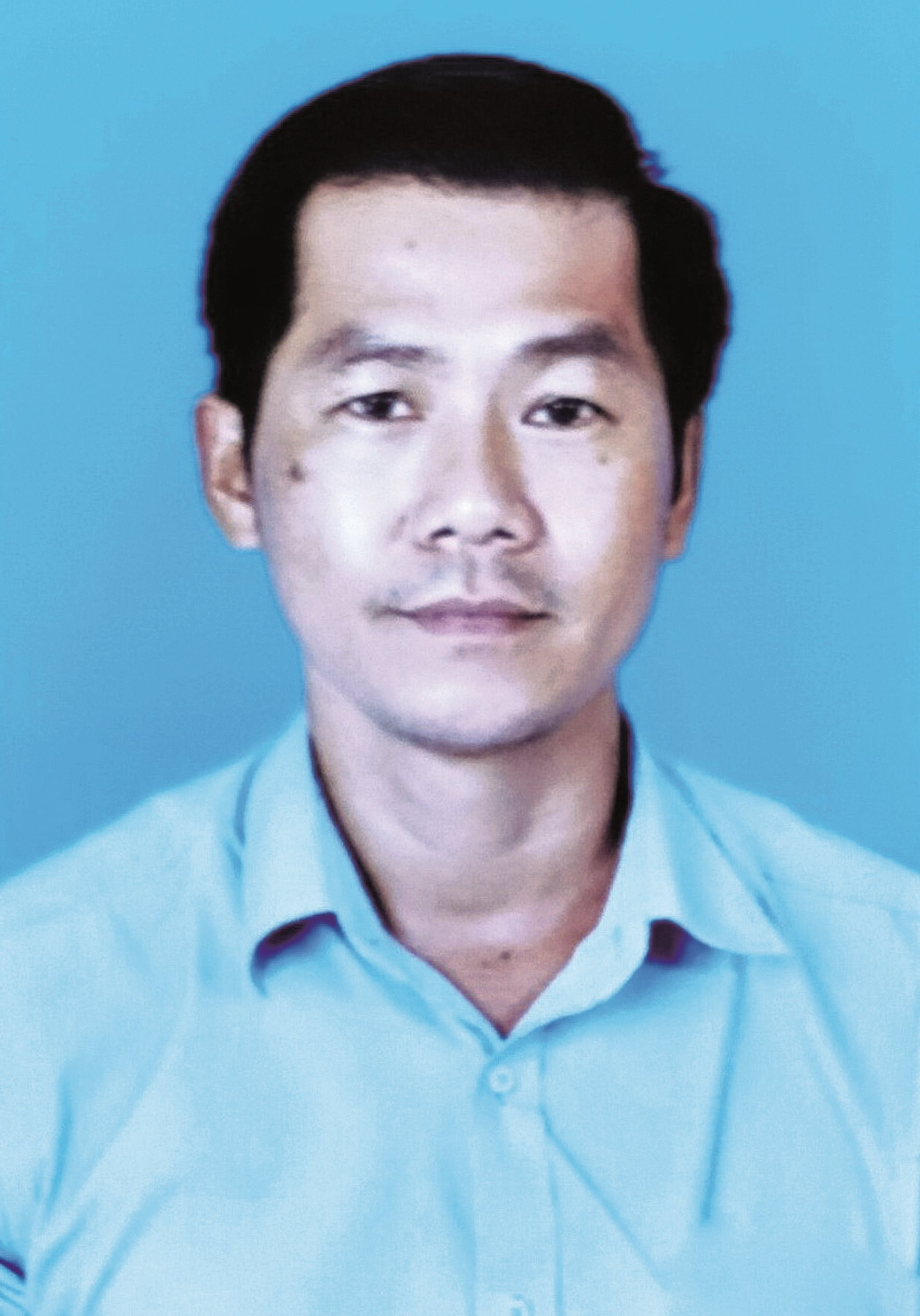
Currently, in Vinh Cuu district (Dong Nai), there are 11 mineral exploitation projects in operation, including construction stone and sand licensed by the Ministry of Natural Resources and Environment and Dong Nai Provincial People's Committee. Recently, the Standing Committee of Vinh Cuu District Party Committee has directed Party committees, authorities and departments and branches from the district to the grassroots to pay attention to leadership and direction to strengthen the management of mineral exploitation and trading in the area.
Vinh Cuu District has also established a rapid response team to handle illegal mineral exploitation in the district and developed a plan to receive information, inspect and handle violations in mineral exploitation, transportation and trading in the district. At the same time, the People's Committees of communes and towns have also established patrol teams to manage land use, construction order and mineral exploitation in the area. Therefore, in recent years, illegal mineral exploitation in the district has decreased significantly; the management of mineral resources in the district has gradually stabilized and become routine.
Mr. Nguyen Van Dung - Director of Binh Thach Production, Trade and Service Cooperative:
Mineral planning must be inter-regional.
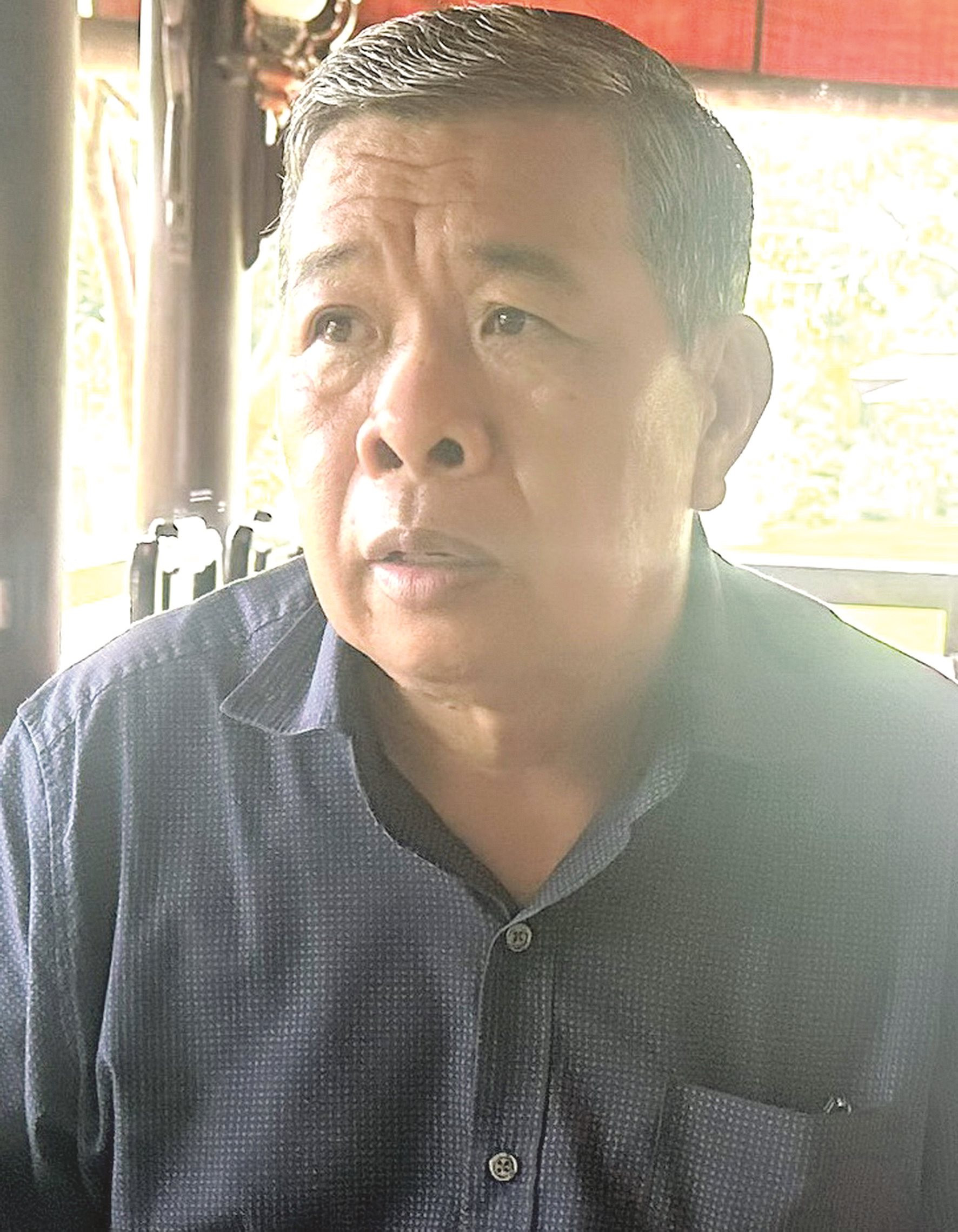
Binh Thach Cooperative always complies with regulations in mineral activities, exploits according to licenses, pioneers in using modern technology, equipment and machinery, contributing to increasing the value of resources and minimizing environmental pollution.
Currently, Binh Thach Cooperative is investing tens of billions of VND to invest in modern machinery systems to process and turn crushed stone dust into crushed stone sand. Normally, in the process of mining and processing construction stone, dust is always generated - crushed stone dust pollutes the environment. At the same time, when using crushed stone dust to make construction sand with inconsistent sizes, it will affect the quality of concrete. With new technology, in the process of processing stone, the amount of crushed stone dust will be turned into crushed stone sand - concrete sand, both overcoming the dust pollution and increasing the value of the product.
As a business operating in the mineral sector, we hope that the Law on Geology and Minerals, when promulgated, will have regulations aimed at saving natural resources, as well as meeting the maximum needs of socio-economic development; at the same time, supporting the development of mineral enterprises, contributing to raising the level of Vietnam's mining industry. In particular, mineral planning needs to have a long-term vision, inter-regional, especially minerals used as construction materials; at the same time, there needs to be mandatory regulations on recycling solid waste in the construction and transportation sectors, which must be considered as resources, not waste.
Mr. Trinh Tien Bay - General Director of Hoa An Joint Stock Company:
There needs to be a policy to encourage the application of new technology.
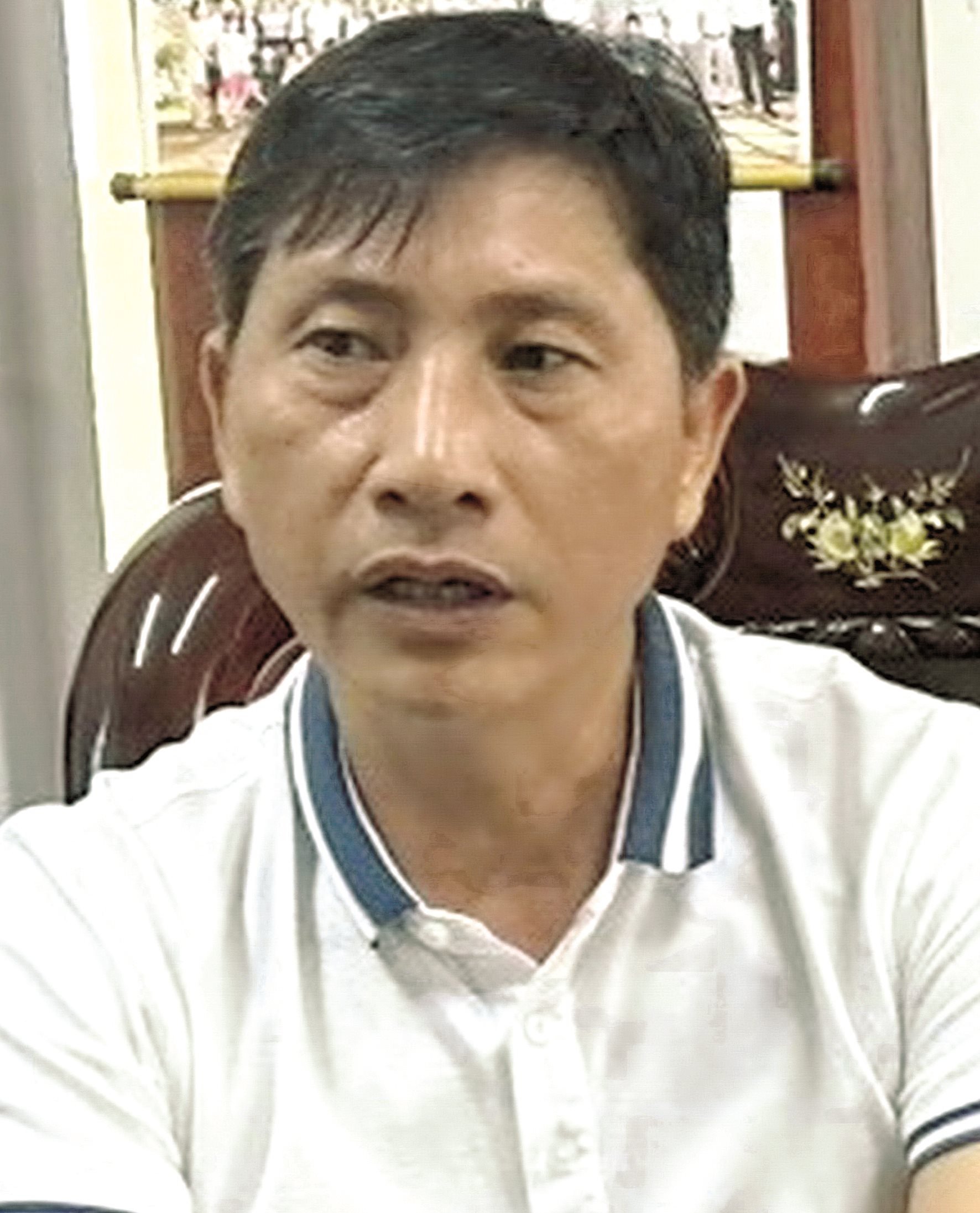
Currently, in Dong Nai province, Hoa An Joint Stock Company is exploiting 2 quarries, including: Tan Cang 3 Quarry, Bien Hoa City and Thanh Phu 2 Quarry, Vinh Cuu District. In recent times, the Company has always focused on investing in machinery, applying new technology in processing construction stone to improve production efficiency and product quality, increase the value of goods compared to the present and protect the environment.
As a business that has to pay resource tax, we realize that the current method of calculating resource tax has many problems, causing many difficulties for mineral exploitation businesses like us. Firstly, the method of calculating resource tax is too complicated, time-consuming, and prone to errors due to the use of a lot of data. Secondly, the method of calculation is unreasonable because it can lead to the result that businesses pay different tax rates while using the same resources.
Furthermore, with the method of calculating selling price minus costs, enterprises that use more optimal technology will have to pay more taxes. This also does not encourage enterprises to change technology and save production costs. Third, the calculation is based on the concept of industrial products, while the definition of what an industrial product is has not been established yet. Therefore, it is necessary to consider calculating resource tax based on actual exploitation. This is very feasible because current mineral enterprises have installed weighing systems.
Mr. Pham Thai Hop - Deputy Director of Bien Hoa Construction and Building Materials Production Joint Stock Company (BBCC):
Proposing a support mechanism for mineral exploitation enterprises
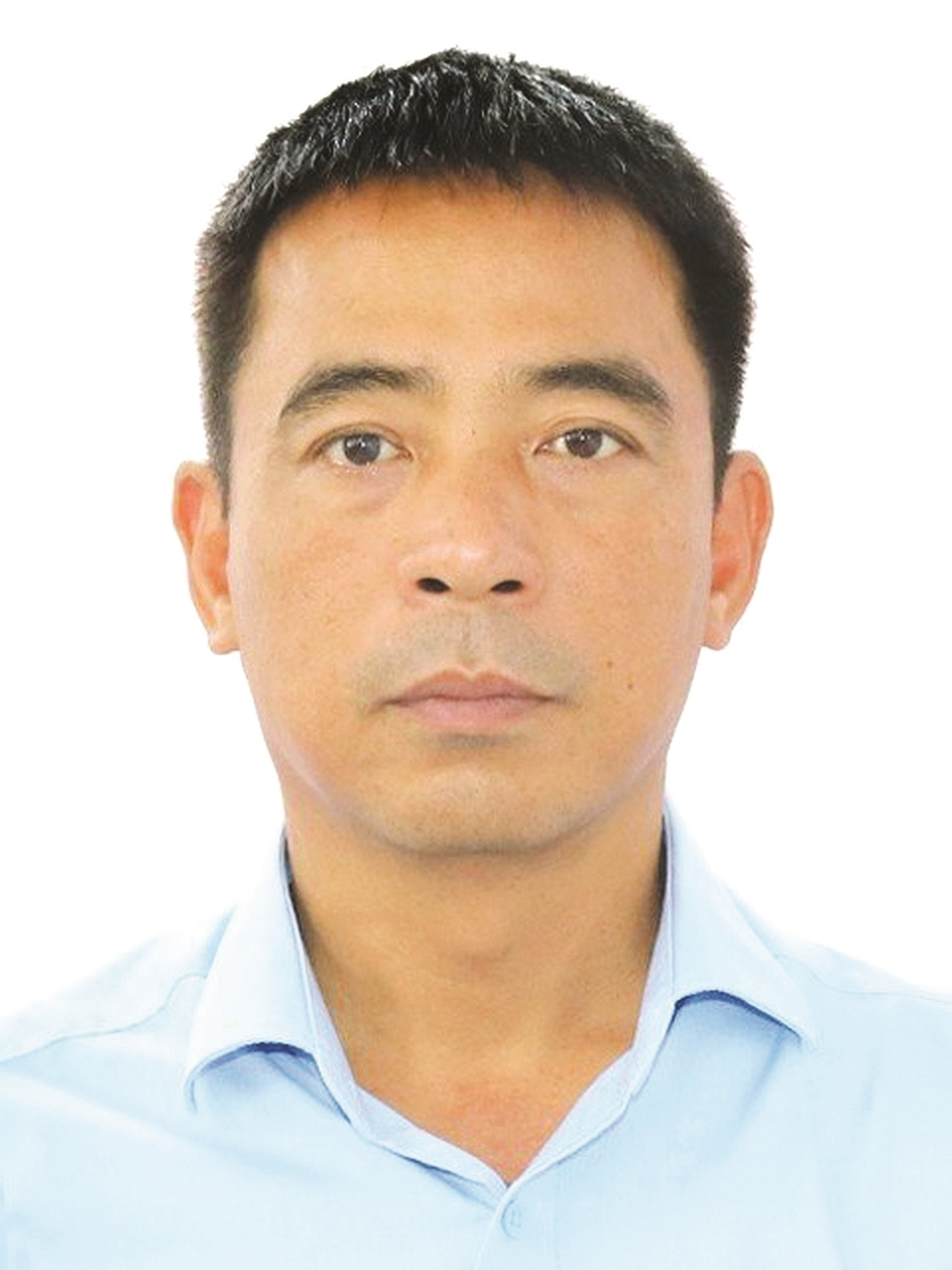
BBCC is a company specializing in mining and processing construction stone at 5 mines, specializing in supplying construction stone for key traffic and construction projects in Dong Nai province. Commenting on the Draft Law on Geology and Minerals, BBCC would like to propose that in the case of termination of the validity of mineral exploitation licenses, there should be an extension mechanism to ensure fair rights for enterprises that have fulfilled their obligations to pay for the right to exploit minerals for the licensed reserves; ensuring consistency with the regulations on deep exploration and exploitation.
BBCC also proposed to amend the collection of mining rights fees based on geological reserves calculated on the entire area and vertical depth. This method of collection is not suitable because the general principle stipulated in Clause 25, Article 3 of the 2019 Law on Tax Administration is that the State only collects fees for the reserves that enterprises are allowed to exploit. During exploitation, enterprises must leave a mine bank protection pillar at a slope angle of 60 degrees and a protection belt as wide as 1/3 of the height of the layer to stabilize the mine bank - accounting for about 25 - 40% of the total geological reserves.
For minerals used as common construction materials, BBCC proposed to add “weathered rock” to the group of filling materials. Regarding the auction of mineral exploitation rights, it is only necessary to demarcate and auction the mineral operation area in public land areas managed by the State; or the State assigns the local Land Fund Development Center to complete the site clearance and then conduct the asset auction, including the land value. Thus, after winning the auction, the enterprise can quickly deploy and put the project into effective operation.
Source



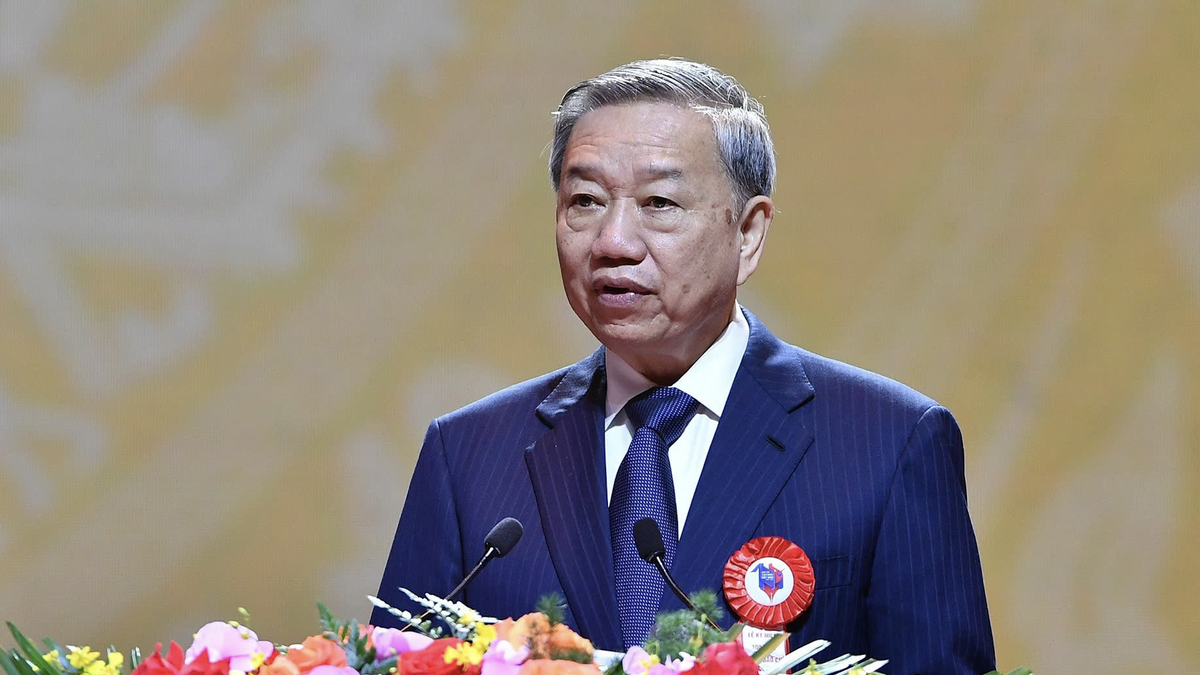






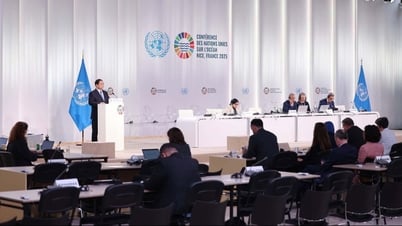

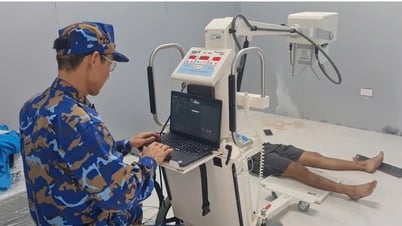


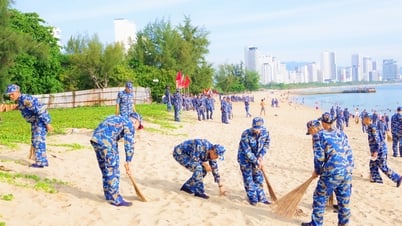
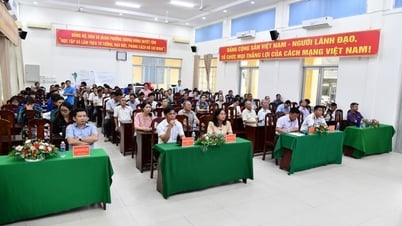




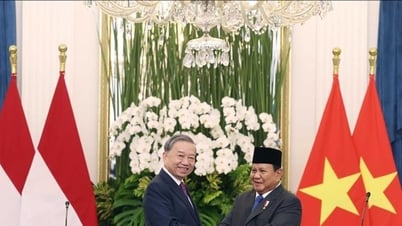
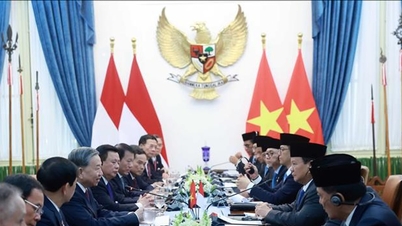
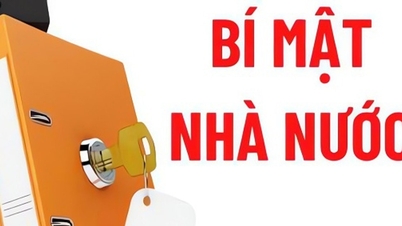
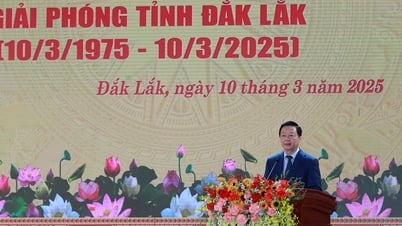
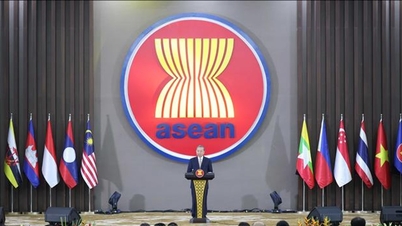

![[Photo] Central Propaganda and Mass Mobilization Department meets with exemplary journalists](https://vphoto.vietnam.vn/thumb/1200x675/vietnam/resource/IMAGE/2025/6/21/9509840458074c03a5831541450d39f8)




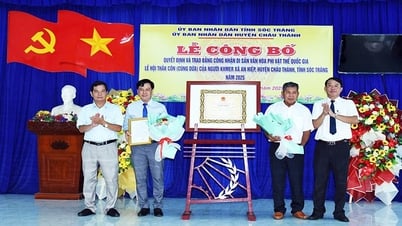










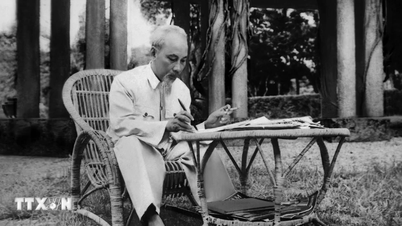









![[Maritime News] Wan Hai Lines invests $150 million to buy 48,000 containers](https://vphoto.vietnam.vn/thumb/402x226/vietnam/resource/IMAGE/2025/6/20/c945a62aff624b4bb5c25e67e9bcc1cb)


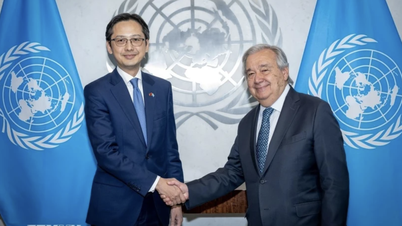
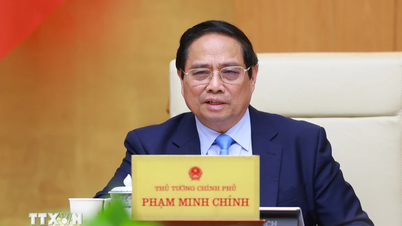





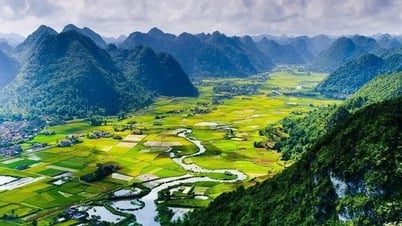




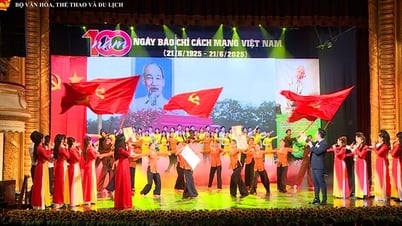


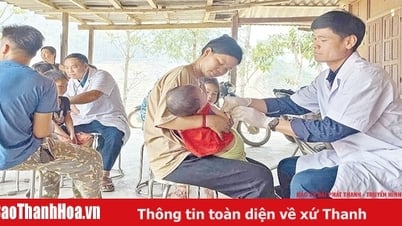

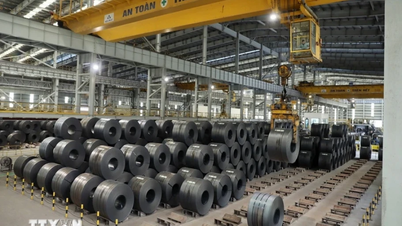
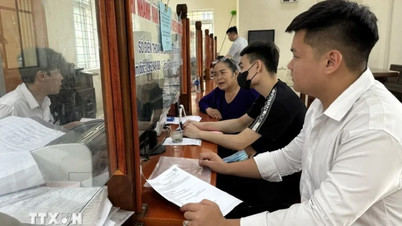
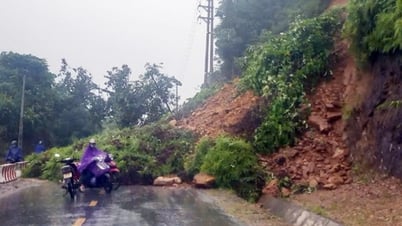

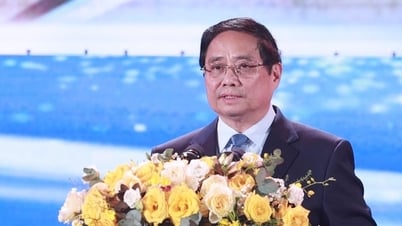











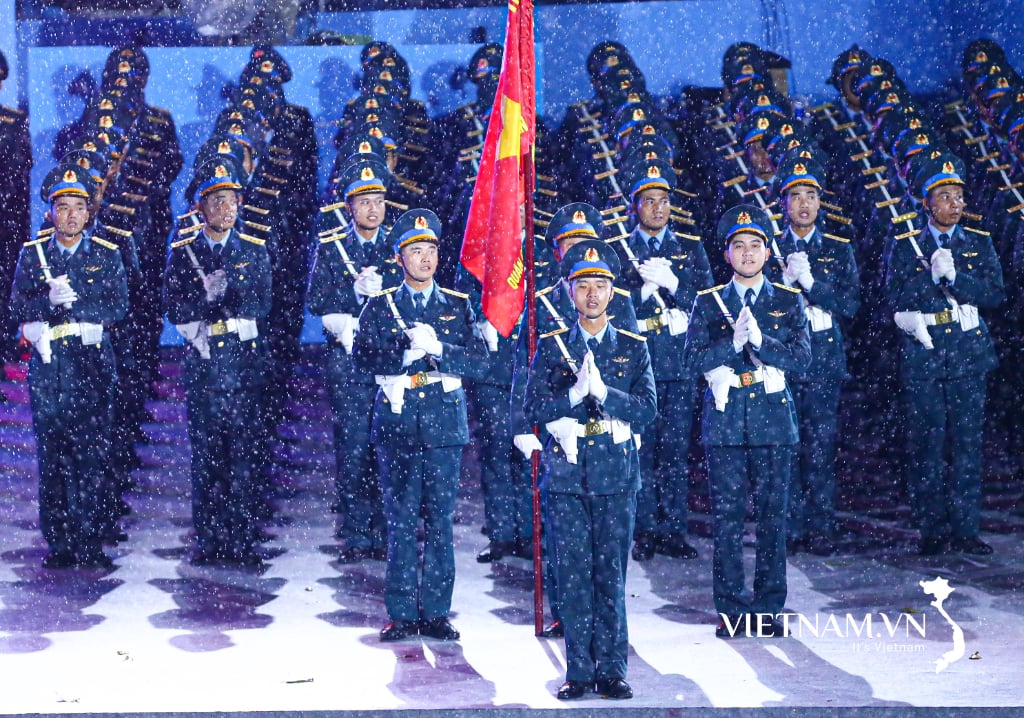
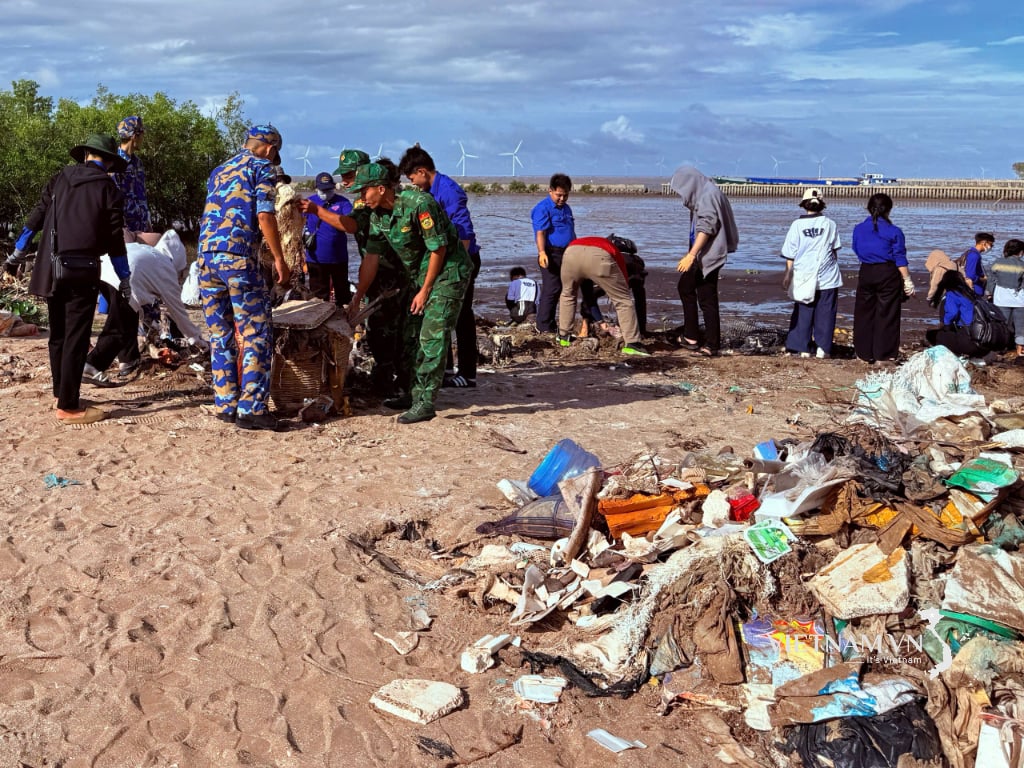

Comment (0)